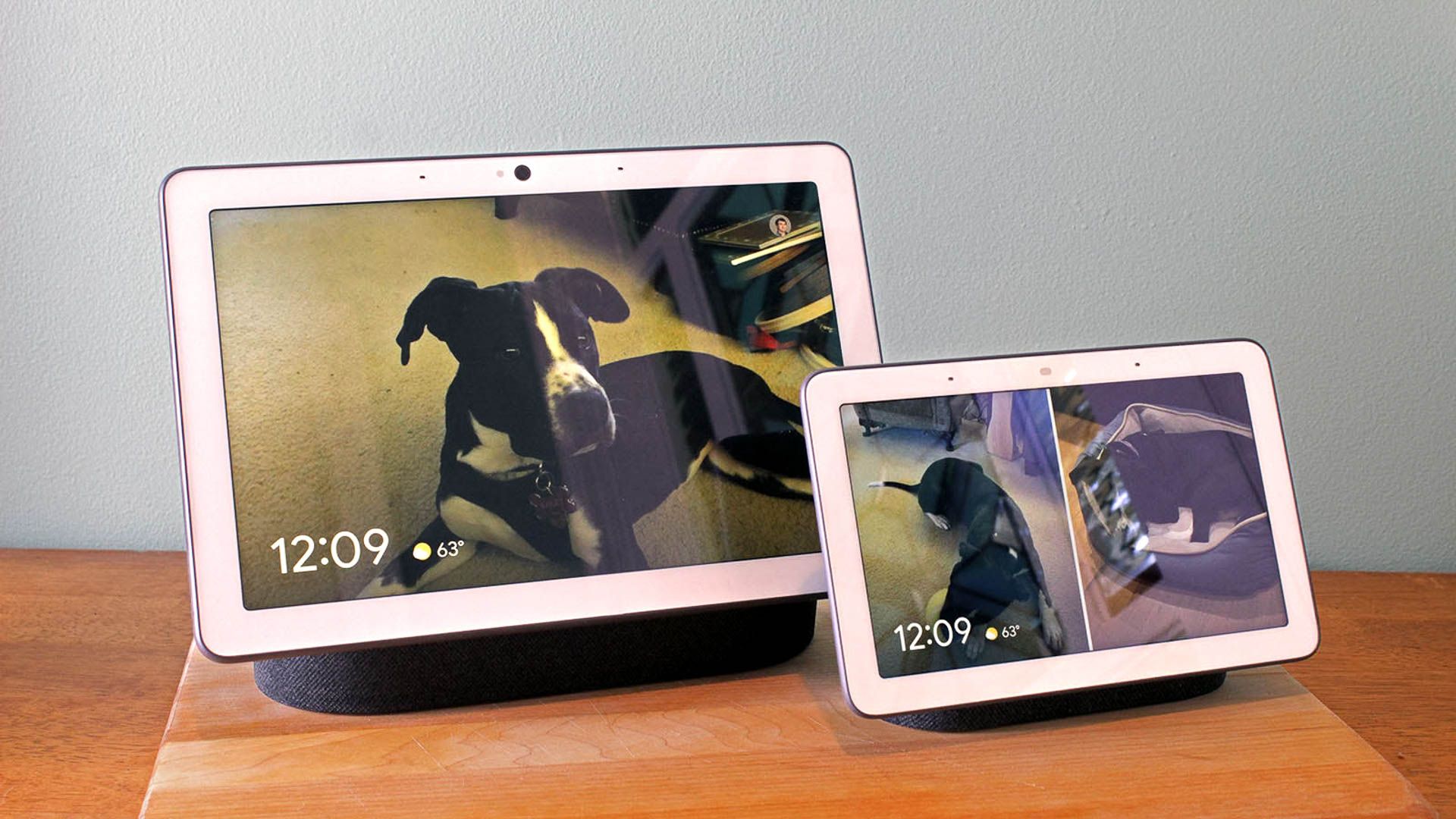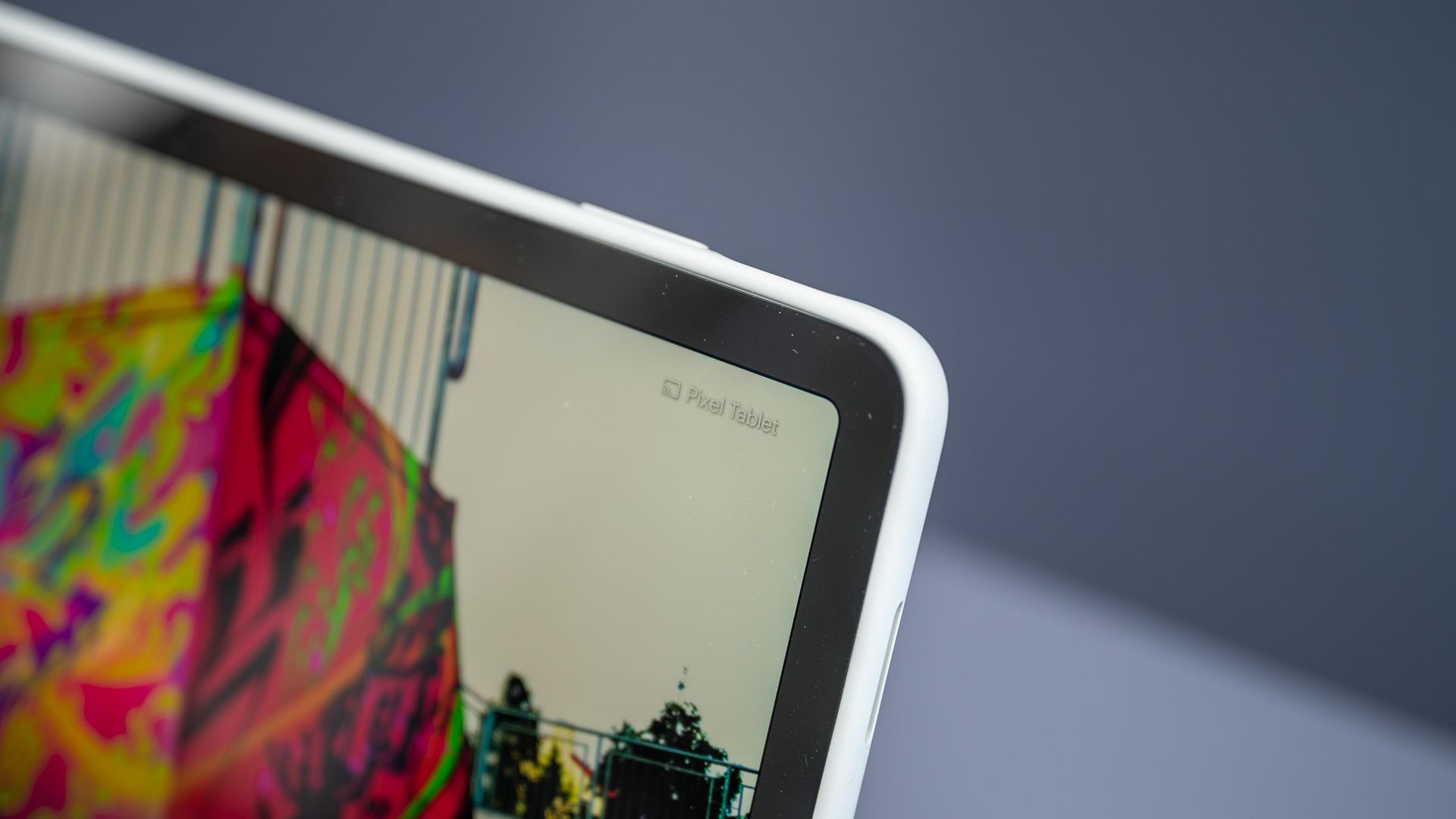Remember Fuchsia OS? There actually seems to be a lot happening recently with Google’s mysterious OS. Positioned as a potential successor to both Android and Chrome OS, Fuchsia represents Google’s bold vision for the future of operating systems. We’ll catch you up on what Fuchsia has been up to.
What’s Fuchsia OS, and Where Does it Come From?
Development on Fuchsia OS began in earnest in 2016, starting as a mysterious project before its more public unveiling in subsequent years. Unlike Android and Chrome OS, which are based on the Linux kernel, Fuchsia utilizes the custom Zircon kernel, designed for better performance and scalability across more devices. Critical milestones in its journey include its initial deployment on Nest Hub devices in 2021, marking a significant step in Google’s efforts to transition from Cast OS to Fuchsia for its smart home products. However, while people have been on the lookout for this OS, it hasn’t been mentioned much, not even by Google itself.
The Technical Architecture of Fuchsia OS
The back end of Fuchsia OS uses a completely new kernel through Zircon, allowing for an OS that’s designed to be modular. This architecture comprises various components, including Escher for graphics rendering and Flutter for cross-platform app development. Since it’s supposed to replace Android and Chrome OS, it’ll likely be running on many different devices. It needs to be adaptable to handle all the hardware nuances available on those devices. Users can already install Chrome OS on a regular laptop to turn it into a Chromebook, so the same should be possible with Fuchsia OS when it is released.
One of Fuchsia’s standout features is its enhanced security and update mechanisms. The OS’s secure modular design isolates system components, reducing the risk of security breaches. Automatic updates are seamless and frequent, ensuring devices always have the latest security patches and features without user intervention. Hopefully, they’ll make it easier to see relevant recent updates than Windows 10 did.
How’s The OS’s Development Coming Along?
In 2024, Fuchsia reached version 16, significantly improving devices like the Nest Hub. These updates included enhanced Bluetooth capabilities, improved support for Matter and Thread protocols, and increased compatibility with Linux applications via the Starnix system. Starnix acts as a buffer to run programs in a native framework independent of the Linux kernel.
Additionally, Google has made strides in supporting RISC-V hardware, reflecting its commitment to broadening Fuchsia’s hardware compatibility. While it’s not in any shape to be replacing established OSes like Android as yet, it’s well on its way to doing so in the future.
How Does it Feel to Use Fuchsia OS?
Fuchsia offers a unique user experience with its card-based interface (called Armadillo), which prioritizes tasks over individual apps. This design philosophy aims to streamline user interactions and enhance productivity. The card system is very different from a similar system used in Windows 8 (which was almost universally panned). One thinks Google might have picked up a few lessons in OS design from Microsoft.
Integration with Google Assistant further enriches the user experience, providing intuitive voice control and smart home management. Things like calendar management and voice search fit seamlessly into the OS, and some users say that it doesn’t feel nearly as forced as similar systems in other OSes.
The Ledger tool in Fuchsia OS is a distributed storage system that facilitates seamless cross-platform synchronization. It stores data in the cloud, allowing users to maintain continuity across various devices by simply logging into their Google account. Each app or component gets its own data store managed by Ledger, ensuring that user activities and preferences are synchronized and consistent, no matter which device is being used. If you’ve used Google Drive or Google Docs, you’re already somewhat familiar with how useful cloud-based storage can be. This just takes it one step further.
It’s Not All Roses With This OS
Every tech project has its detractors and critics, and Fuchsia OS is no different. Notably, canceling the workstation project and discontinuing full Chrome browser support have raised concerns about the OS’s versatility and future prospects. Public and developer expectations have often clashed with the current reality of Fuchsia’s capabilities, leading to a cautious reception from the tech community. This lukewarm reception might be the reason for a lack of coverage of the OS.
The lack of information about the OS has led to widespread speculation about what to expect. Some commentators suggest that the OS might move beyond smart home devices and possibly integrate into more mainstream consumer electronics.
The most extensive debate concerns Fuchsia’s role as a replacement for Chrome OS or Android. Known upcoming features and improvements suggest that Google is committed to refining and expanding Fuchsia’s capabilities, indicating a long-term vision for the OS. Whether that includes replacing other Google operating systems remains to be seen.
A Road Map With Many Twists and Turns
When Google announced Fuchsia OS, media outlets immediately speculated that it would be a replacement for the existing Google operating system. More than five years on, Fuchsia OS is only just finding its feet and being rolled out to a select few devices like the Google Nest Hub. Development seems to be ongoing, but it’s not likely that it’ll replace the existing operating systems any time soon. We’ll still be getting Chrome OS and Android OS updates in the foreseeable future. That doesn’t mean we won’t see Fuchsia OS on these devices, but we may have to wait a bit longer for it to make its debut.






